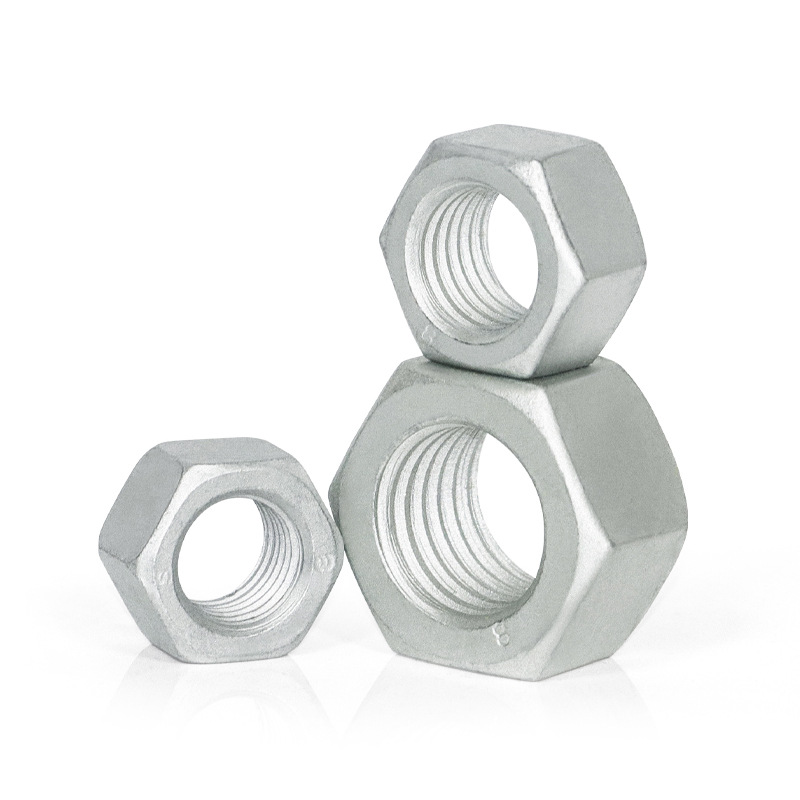

m14 x 1.5 flange nut
Nov . 05, 2024 04:15 Back to list
m14 x 1.5 flange nut
The M14 x 1.5 Flange Nut An In-Depth Analysis
In the world of engineering and mechanical assemblies, the significance of fasteners cannot be overstated. Among these, the flange nut is a device that plays a crucial role in ensuring the stability and integrity of numerous structures and machines. The M14 x 1.5 flange nut is a specific type of fastener that is integral in various applications across automotive, construction, and manufacturing industries. This article delves into the particulars of the M14 x 1.5 flange nut, its specifications, applications, and benefits.
Understanding the Specifications
The designation M14 x 1.5 refers to specific dimensions and characteristics of the flange nut. Here, M14 indicates that the nut has a nominal diameter of 14 millimeters. The 1.5 signifies the pitch of the thread, meaning that there are 1.5 millimeters between adjacent thread crests. This metric system of measurement is standardized, allowing engineers and manufacturers to communicate specifications clearly and effectively.
Flange nuts are characterized by a flat, circular flange at one end, which acts as a built-in washer. This feature helps distribute the load evenly across the surface of the connected materials, reducing the risk of damage. Additionally, the design of the flange nut aids in preventing loosening due to vibrations, making it an ideal choice for applications where stability is paramount.
Applications of M14 x 1
.5 Flange NutsM14 x 1.5 flange nuts are prevalent in various sectors. In automotive applications, they are commonly used to secure components such as brake systems, suspension components, and engine parts. The reliable grip and resistance to loosening provided by flange nuts make them suitable for high-stress environments typically found in vehicles.
In the construction industry, these nuts are frequently employed in securing structural steel connections. Given the significant loads and forces that structural elements experience, the use of flange nuts ensures safety and stability in buildings and bridges. Their effectiveness in maintaining tight connections is critical, especially in regions prone to seismic activity or extreme weather conditions.
Moreover, manufacturing and assembly line processes often utilize M14 x 1.5 flange nuts due to their efficiency and reliability. In machinery and equipment assembly, these fasteners contribute to the structural integrity and longevity of tools and machines, ensuring consistent operation even under high loads.
m14 x 1.5 flange nut

Benefits of Using Flange Nuts
One of the primary benefits of using M14 x 1.5 flange nuts is their ability to resist loosening. The flange design provides a larger bearing surface, which minimizes the tendency of the nut to vibrate loose. This characteristic is particularly advantageous in applications exposed to vibrations, such as automotive engines or heavy machinery.
Another significant advantage is the distribution of load. The built-in flange acts like a washer, spreading the load over a wider area. This feature not only reduces the risk of material deformation but also allows for a more secure fastening system compared to traditional nuts. By minimizing stress concentration, flange nuts contribute to the overall durability of the assembly.
Furthermore, flange nuts can be installed using standard tools, making them user-friendly for assembly operations. The simplicity of installation without the need for additional washers ensures a quicker assembly process, reducing time and labor costs in production environments.
Selecting the Right Flange Nut
When choosing an M14 x 1.5 flange nut for a specific application, it is crucial to consider factors such as the material of the nut, the environmental conditions it will face, and the type of loads it will be subjected to. Flange nuts are available in various materials, including steel, stainless steel, and nylon, each offering different levels of corrosion resistance and strength.
It is also important to verify compatibility with the associated bolt or stud. The proper fit is essential for ensuring optimal performance and safety. Consulting engineering specifications and manufacturer guidelines can help in selecting the most appropriate fastener for a given task.
Conclusion
The M14 x 1.5 flange nut is an essential component in a variety of mechanical and structural applications. With its unique design, load distribution capabilities, and resistance to loosening, it offers significant advantages in both reliability and performance. Understanding the specifications, applications, and benefits of this flange nut can assist engineers and manufacturers in making informed choices that enhance the safety and efficiency of their projects. Whether in automotive assembly, construction, or manufacturing, the flange nut continues to be a vital player in the world of fasteners.
Latest news
-
High-Strength Hot Dip Galvanized Bolts - Hebei Longze | Corrosion Resistance, Customization
NewsJul.30,2025
-
Hot Dip Galvanized Bolts-Hebei Longze|Corrosion Resistance&High Strength
NewsJul.30,2025
-
High-Strength Hot-Dip Galvanized Bolts-Hebei Longze|Corrosion Resistance&High Strength
NewsJul.30,2025
-
Hot Dip Galvanized Bolts-Hebei Longze|Corrosion Resistance&High Strength
NewsJul.30,2025
-
Hot Dip Galvanized Bolts - Hebei Longze | Corrosion Resistance, High Strength
NewsJul.30,2025
-
High-Strength Hot Dip Galvanized Bolts-Hebei Longze|Corrosion Resistance, Grade 8.8
NewsJul.30,2025

